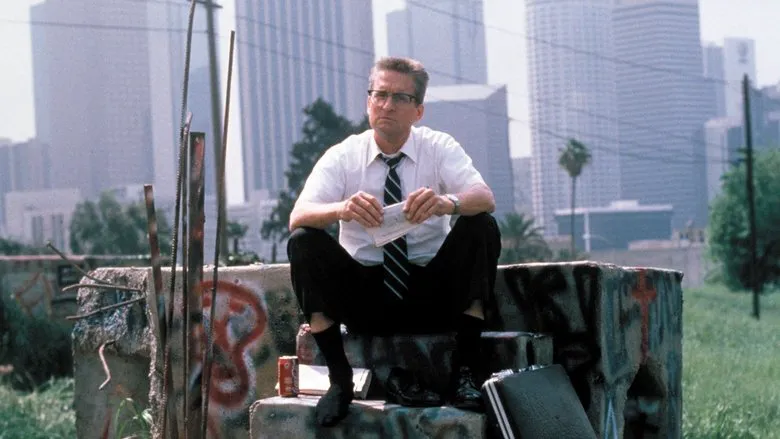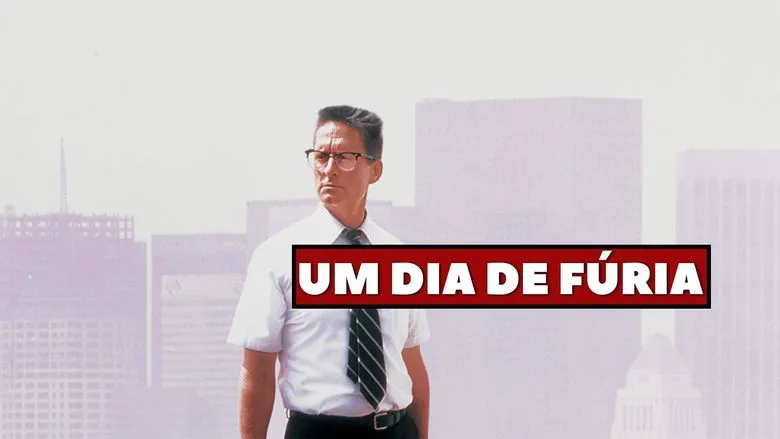Fellini’s 8½: A Timeless Masterpiece in Midlife Crisis

Synopsis:
This book delves into the enduring significance of 8½, meticulously dissecting its various contexts to reaffirm its timeless value.
The Midlife Conundrum of a Cinematic Icon
Federico Fellini’s 8½ is destined to share the midlife crisis of its protagonist, despite the initial acclaim it received upon its release in 1963. Even its most skeptical critics lauded its originality. Now, caught between its fourth decade and oblivion, any claim of its timelessness is merely a self-deceptive illusion, a reflection of our own yearning for eternal youth. To label it as outdated isn’t about its evolution from a groundbreaking work to a commonplace one (though it’s hard to fathom the initial impact of the sepia-toned flashbacks on Italian audiences). Instead, the film’s transitions are so seamless that R.E.M. replicated the opening traffic jam in a music video just a few years ago. Even in these diluted imitations, the visual impact of Fellini’s allegory of a midlife crisis rivals that of the latest cinematic innovations. Thanks to the restoration efforts of Mediaset in Italy and Criterion in the US, the film’s imperfections—scratches, lines, and blemishes—have been virtually eliminated in new prints and DVD versions. As a result, Fellini’s vision appears remarkably pristine, as if it were a brand-new film.
Cultural Aging: A Different Kind of Decline
No, the agony of 8½ doesn’t stem from physical deterioration or conventional aging; it’s a matter of “cultural aging.” While the film remains alive and unchanged, the environment that once elevated it to cinematic greatness has vanished or subtly transformed. As this tide recedes, the film endures a seemingly innocuous yet unsettling humiliation—at least for those who knew it in its prime. Its ranking in “greatest films of all time” polls begins to slip. Intellectuals abandon it as gourmets might forsake a staple dish. Meanwhile, the younger generation, the future arbiters of taste, watch R.E.M.'s music video without a flicker of recognition for 8½, perhaps vaguely reminded of Joel Schumacher’s Falling Down (1993), which replicated the same scene and transformed it into an act of road rage. In an era where art-house cinemas are as rare as the art films they once screened, how can they possibly encounter 8½? Today, mass culture has surpassed and overwhelmed all elite culture, while art films remain comfortably self-isolated, appearing pretentious and eccentric, like someone wearing a beret.
The Perils of Misinterpretation in Mass Culture
Within the avant-garde of mass culture, many are aware of the origins of that music video, and their numbers are growing. But this is not enough to change the status quo, it merely means that “art film” is now too weak to resist the encroachment of popular culture, and in the end, misinterpretation is just as bad as ignorance. In an age when brand designers are also chasing after cheap jeans, the “fantasy” of art films is an embellishment on every film on the production line. The bigger the release of a Hollywood film, the more likely someone will tout it as an “auteur director.” He can illustrate the mandatory ideological clichés in the film into various characters and scenes. We are asked to give Gore Verbinski’s work the same attention as Kenji Mizoguchi’s. Working within—or being within—the grand context of the mass culture industry, auteur directors are naturally rare. Now such directors have become an indispensable part of every film’s marketing, and they are therefore as numerous as hairs and worthless.

All of this suggests that even the restored freshness of 8½ seems somewhat ridiculous, but more cruelly, we no longer mention, let alone complain about, the lost spirit. Equally unsettling is that the patterns on mass-produced cocktail napkins are derived from Mondrian’s now shattered and faded paintings, yet they more clearly interpret the beauty and purity of modernist aesthetics than the paintings themselves. The new version of 8½ enhances our appreciation of the contemporary landscape, and under this appreciation, the achievements of the old version become distant and even unimaginable.
A Farewell to a Masterpiece
Cultural decay is not an endless process. 8½ will endure as long as it “lives” in people’s memories: it will exist as long as it can surprise a new generation. When the original audience finally passes away, the tree may fall, or it may not. No one will notice its collapse, nor will anyone marvel: ah, it still stands tall. One day it will enter the archives and become history, where it may be permanently preserved, but will eventually die. Now, before this film becomes extinct, allow me to write something about it in this rare moment. This dark and terrifying end will not come again like the joyful dawn enjoyed by early birds: one can only be young once, and similarly, one can only be middle-aged once. Admittedly, any writing that seizes the last moment is nerve-wracking (“What else can be said?”), sad (“Who wants to hear this?”), or self-indulgent (“Anyway, I’ll keep going”). But its author is already middle-aged and likely to conflate the film with his own life trajectory. However, the point of this behavior is precisely this: someone is happy (in fact, anyone can) to accept the film’s inherent emotions—equally tense/sad/self-indulgent—and indulge in some questionable social relevance. In any case, no film has more successfully described the sense of nothingness lurking in mass cultural products than 8½. The film’s protagonist, the director, insists on “saying something,” and soon admits “nothing to say.” Long ago, the film’s theme sentenced it to the impending death it now faces, and its exaggerated style recorded it in a timely manner. So-called “outdated” is just the label the film recently found for itself to prove that it is out of step—if provocative, it seems like a shameful label, if relaxed, it seems to convey the most pleasant message: preserving a film in its cultural context, returning it to the old context it once successfully escaped, may be a good thing. But for 8½, there is an even better thing to do, and that is to restore it to something that has never been and will never be a trend: its transcendence.